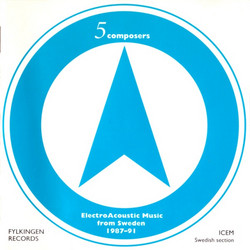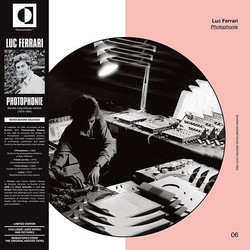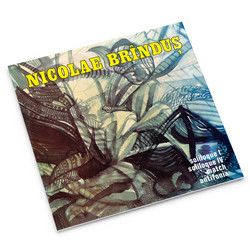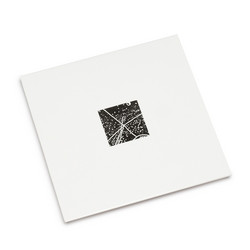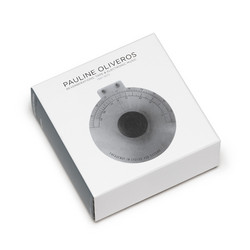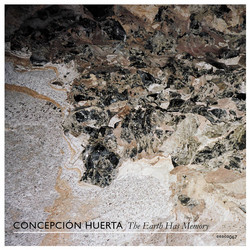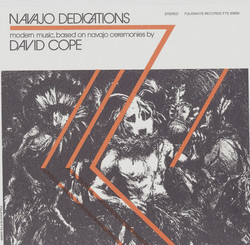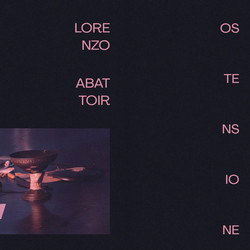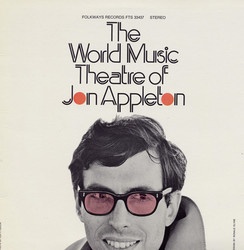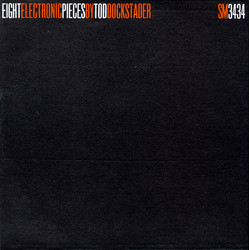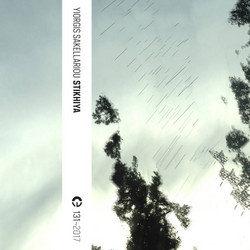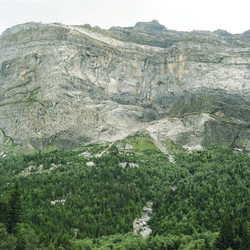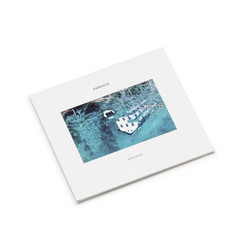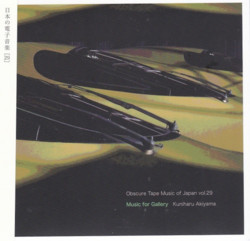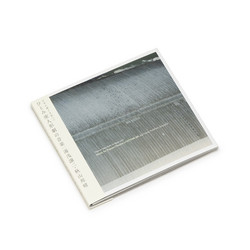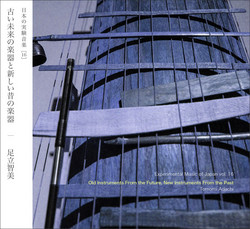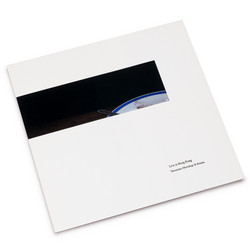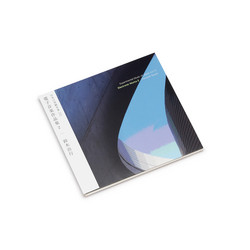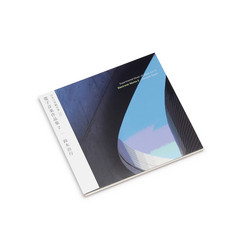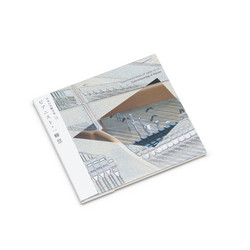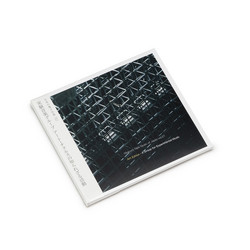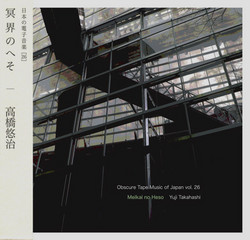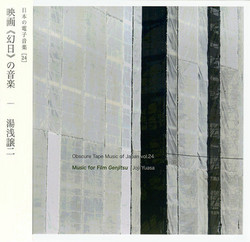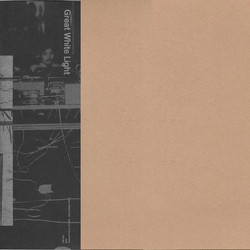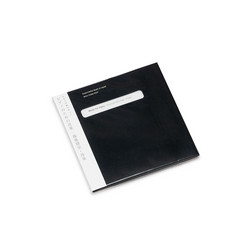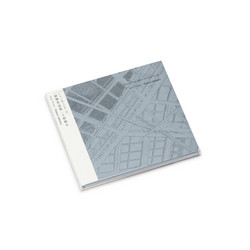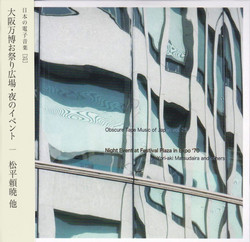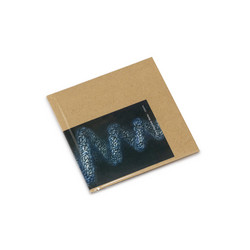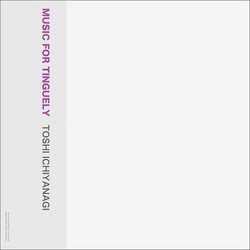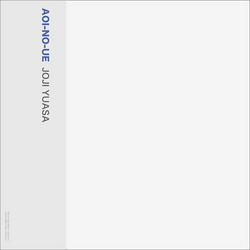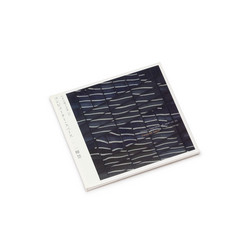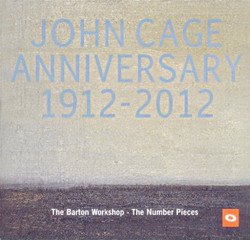Kuniharu Akiyama
Environmental Music for Dining Room of Athletes' Village in Tokyo
Label: Edition Omega Point
Series: Obscure Tape Music Of Japan
Format: CD
Genre: Electronic
Out of stock
From participation in the early Fluxus to giving an introduction of Futurism, Kuniharu Akiyama (1929-1996), a renowned music critic, was involved in a vast range of activities. Particularly in the 1960s, he recorded a lot of music on tape for himself. To our surprise, the music compiled on this CD was actually discovered from a series of ambient music pieces played in the Athletes’ Village at the Tokyo Olympics! During this period, Akiyama was fascinated by the sound of Sanukite stone from Sanuki, Shikoku island and he composed several ambient music pieces including this one. Despite the detail of the work have been unknown as the composer was already passed away, a guru of electronic musicologist, Koji Kawasaki, managed to reveal everything behind the piece.
On this CD, there are two pieces of ambient music, which were composed by Kuniharu Akiyama for the Tokyo Olympics in October 1964. This music was composed with the sound of stones for a pair of stone speakers. To understand how it was developed, we have to go back almost two years from then. Around mid January in 1963, Kuniharu Akiyama was asked to compose Ishi no Uta (Song of Stone) for a TBS's TV program. It is said that Akiyama was interested in Aji Village, Takamatsu city through a relationship with the sculptor Masayuki Nagare. This village is known for its over hundred-year tradition of granite quarrying. Akiyama planned to compose the piece only by using stones and to do so he decided to visit Aji Village in late January.
At a dinner organized by Masanori Kaneko, the Kagawa Prefecture Governor, Akiyama found out that a beautiful “tone-stone” could be mined at Takamatsu. Akiyama then went to Takamatsu with Mitsuaki Sora, Nagare's assistant and CEO of the Okada Stone Industry. Akiyama later recalled the moment when he encountered the Sanukite stone, “I was deeply moved when I hit the natural stones of various sizes that had not been modified by artificial elements. Clear beautiful sounds with amazingly long sustain. Each stone had a different tone. Sharp and very powerful. To be honest, I never had thought that stones could have such a beautiful, strong and sharp tone.”
From 1961, under the direction of the architect, Kunio Maekawa, Okada Stone had worked on a project to produce an exterior wall in stonemasonry style for the Japan Pavilion at the New York World Expo held in April 1964. To check its quality, a prototype was supposed to be displayed at a certain space in Takamatsu city. This location became a project of collaborative work and was finally used as a cafe. A collective formed by an architect Tadashi Yamamoto for construction design, Sora for facade and interior design, Akiyama for music and Junosuke Okuyama, an engineer of Sogetsu Art Center, for in-store sound design, worked on each assignment and the cafe“Shiro no Me (Eye of the castle)” was opened.
Two huge stone speakers were installed on the left and right side of the entrance to the cafe. These speakers were invented by Okuyama and produced by Okada Stone. “Enjoy our speaker system that makes it possible to play music in the most musical quality. As only 'pure sound' will be projected, the sound is superb” was written on a flyer at the opening of the cafe. This became possible because all vibration except for the paper speaker cone can be suppressed to the utmost limit by the weight of the stone. In Sogetsu Studio, Akiyama used the sound of stones as material and composed an ambient music piece called Shiro no Me; Music for Coffee House No.1 for these speakers. This piece was assumed to be created by adding reverberation components to an improvisational performance with Sanukite and slowing down the playback to approximately one-half speed. This very primitive technique was chosen to take a full advantage of the beauty of Sanukite sound.
About one year and a half later, for the Tokyo Olympics held in October 1964, two large dining halls called "Sakura" and "Fuji" were built in the male section of the Yoyogi Athletes' Village by architect Kiyonori Kikutake. It is said that while Akiyama composed an ambient music piece called Music for eating they decided to transport the stone speakers from the cafe“Shiro no Me” to the Fuji hall. Also in the front garden of the Fuji hall, an ambient piece called Music for resting was played. Both pieces, which were in the similar composition style of Music for Coffee House, were recorded at Sogetsu Studio.
In 1965, Akiyama argued, “the purpose of designed music is non other than promoting the composer's work, who designs music creatively, in a living environment. (omission) The composer would also have to participate in urban planning along with the architects and the artists. As we all know, it is because the composer himself/herself has also a role to dramatically shape a living space for today and tomorrow”. The compositions compiled on this CD can be considered as a practice of Akiyama's assertion as well as a valuable innovation to the Japanese ambient music scene.
Koji Kawasaki (musicologist)



